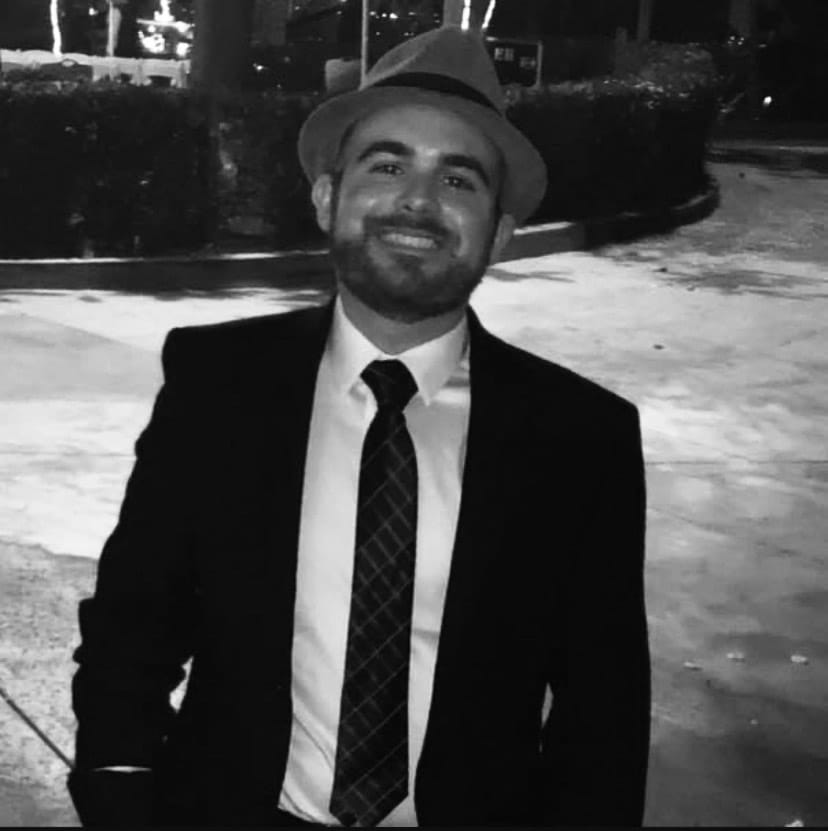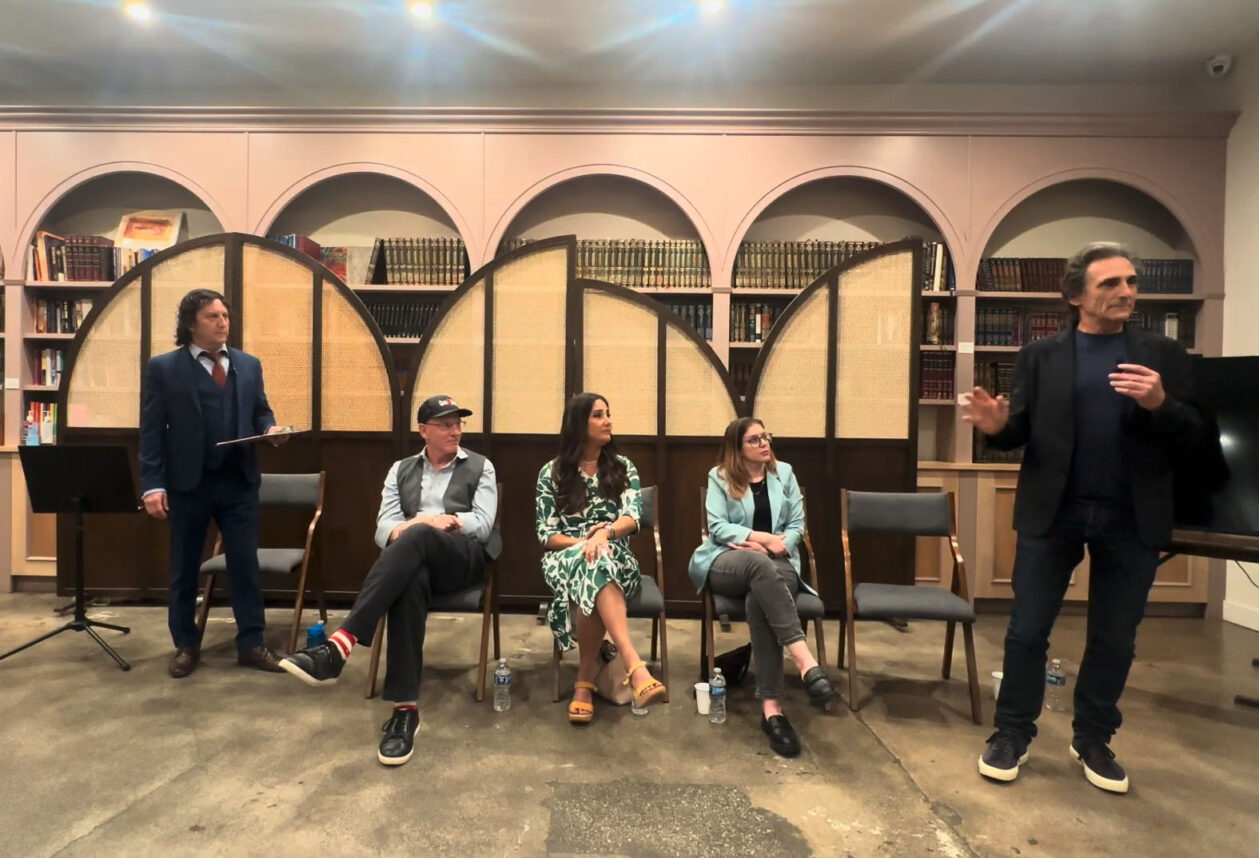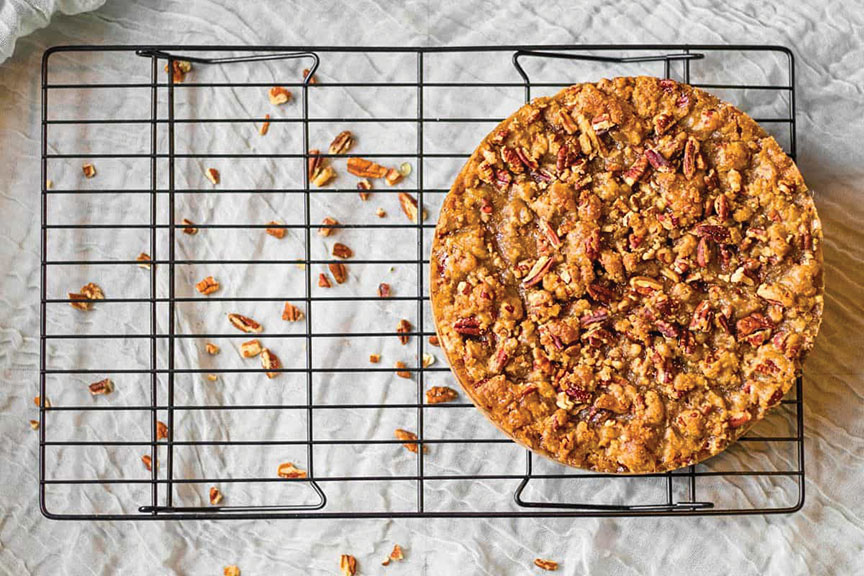
In an April 29 webinar with the United States Holocaust Memorial Museum, Holocaust scholar Deborah Lipstadt discussed the history of anti-Semitism and it how it manifests today.
Lipstadt said she doesn’t spell the word “anti-Semitism” with a hyphen, “because anti-Semitism is not hatred of Semitism or Semites … anti-Semitism is Jew-hatred.” Semites, she added, is the term for a group of people who speak a Semitic language, including Hebrew and Arabic.
She went on to say that far-right journalist Wilhelm Marr popularized the term “anti-Semitism” in the late 19th century because he blamed the Jews for Vienna’s problems at the time. Marr wanted a word that was “all-encompassing … a word that would include Jews who were no longer practicing the religion, Jews who might even have converted,” Lipstadt said.
She added that when Marr was on his deathbed in 1904, he realized the Industrial Revolution, not the Jews, was the real cause for Vienna’s problems. “By then, as we like to say, the train had left the station or the horse left the barn, and the problem was out there,” Lipstadt said.
She explained that anti-Semitism is a stereotype, as it’s based on the notion that all Jews have inherently negative characteristics. “For a stereotype to be effective, it’s got to have a number of familiar traits associated with it so when you hear it, it makes sense to the listener,” she said, adding, “One of the characteristics of the devil is that he does his handiwork without your knowing he was there. He comes in disguise. So the Jew comes in disguise, or the Jew is behind the group doing evil.”
She then shared some examples, including how Jews were scapegoated for the plague in the Middle Ages and typhus in 17th-century London, when Jews were accused of poisoning the wells and intentionally spreading the disease.
Similar scapegoating can be seen today amid the COVID-19 pandemic, Lipstadt said. She cited an April 18 protest in Columbus, Ohio, against the state’s shelter-in-place order, where a sign was held that read, “The Real Plague” and had a picture of a rat donning a Star of David and a yarmulke.
“The image of a rat harkens back to Nazi propagandist Joseph Goebbels’ film “The Eternal Jew,” which compared Jews to rats spreading disease and ruining food. “What’s new is that we’re seeing it today in connection to the pandemic.” — Deborah Lipstadt
The image of a rat harkens back to Nazi propagandist Joseph Goebbels’ film “The Eternal Jew,” which compared Jews to rats spreading disease and ruining food, Lipstadt said. “What’s new is that we’re seeing it today in connection to the pandemic.”
Another example Lipstadt cited was that of the Iranian government accusing the U.S. and Israel in March of using COVID-19 as a bioweapon against Iran. She argued that the bioweapon accusation is a variation of a classic anti-Semitic stereotype, because Iran is accusing Jews of “not only spreaders of the disease … but they’re weaponizing it. [It] takes it up to a higher and more explicit level.”
She said it’s incredibly difficult to stop anti-Semitism from spreading, because it’s irrational. She urged people not to get into fights with anti-Semites and focus instead on how to win over the people anti-Semites are trying to reach. “You’ve got to do your homework,” she said. “You’ve got to know your facts.”
Lipstadt concluded it was important to fight against prejudice because it “never stays with one group, it spreads. So if you’re concerned about one particular kind of prejudice, be concerned about all of them, because if it hasn’t reached your group yet, just you wait.”


































